Your cart is currently empty!
How Peking Opera defined Chinese Femininity through the male gaze
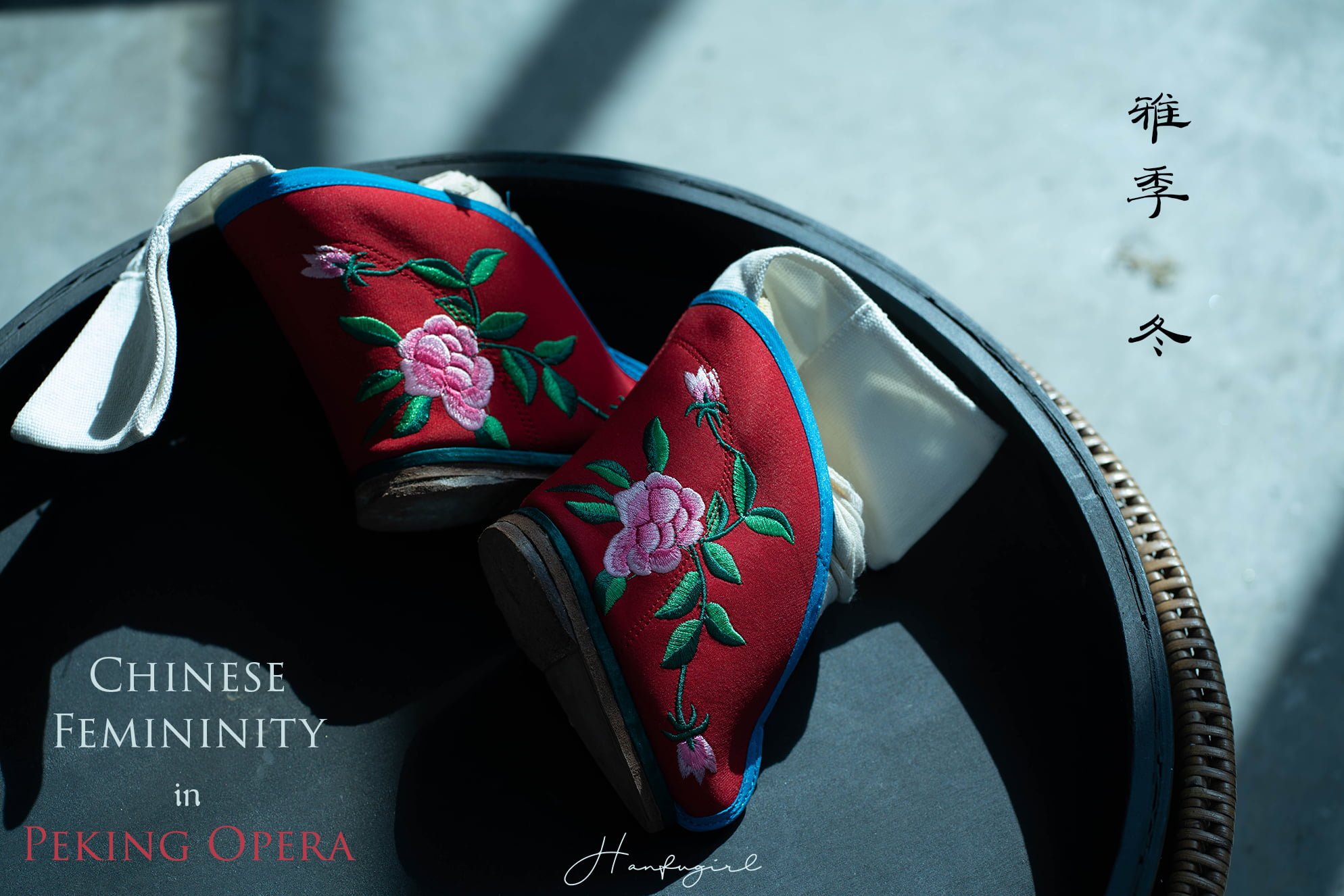
In case you think that the wide social acceptance or even celebration of male drag queens in Peking opera was a sign of progressiveness or openness and encourages dualistic understanding of gender, I’d like to offer you an alternative perspective.
That, was actually a result of extreme female oppression that stripped women of their/our right to represent them/ourselves artistically and socially. The only role for women, then, was that of a spectator. One who witnessed their identities being portrayed by the other, and in turn, internalised it as their true identity.
It was so bad that even men, internalised it to be the actual representation of women and that also fuelled the sexual exploitation and objectification of male performers as male prostitutes. If you’ve watched Farewell my Concubine, you probably have a rough idea of what I’m talking about.
Nobody wins.
Gender politics aside, it is also important to understand and deconstruct what we assume to be archetypes of Chinese femininity today, and uncover how that comes from a much more recent, invented tradition of female portrayal on stage.
The Lotus Flower Fingers
When we look at Chinese-style Hanfu shoot these days, we are still very much influenced by that constructed ideal feminism in Chinese opera, where one’s finger movement is the make-or-break identifier of one’s femininity. These gestures are also commonly used in Chinese dance (which is also a more modern invention/interpretation of classics).
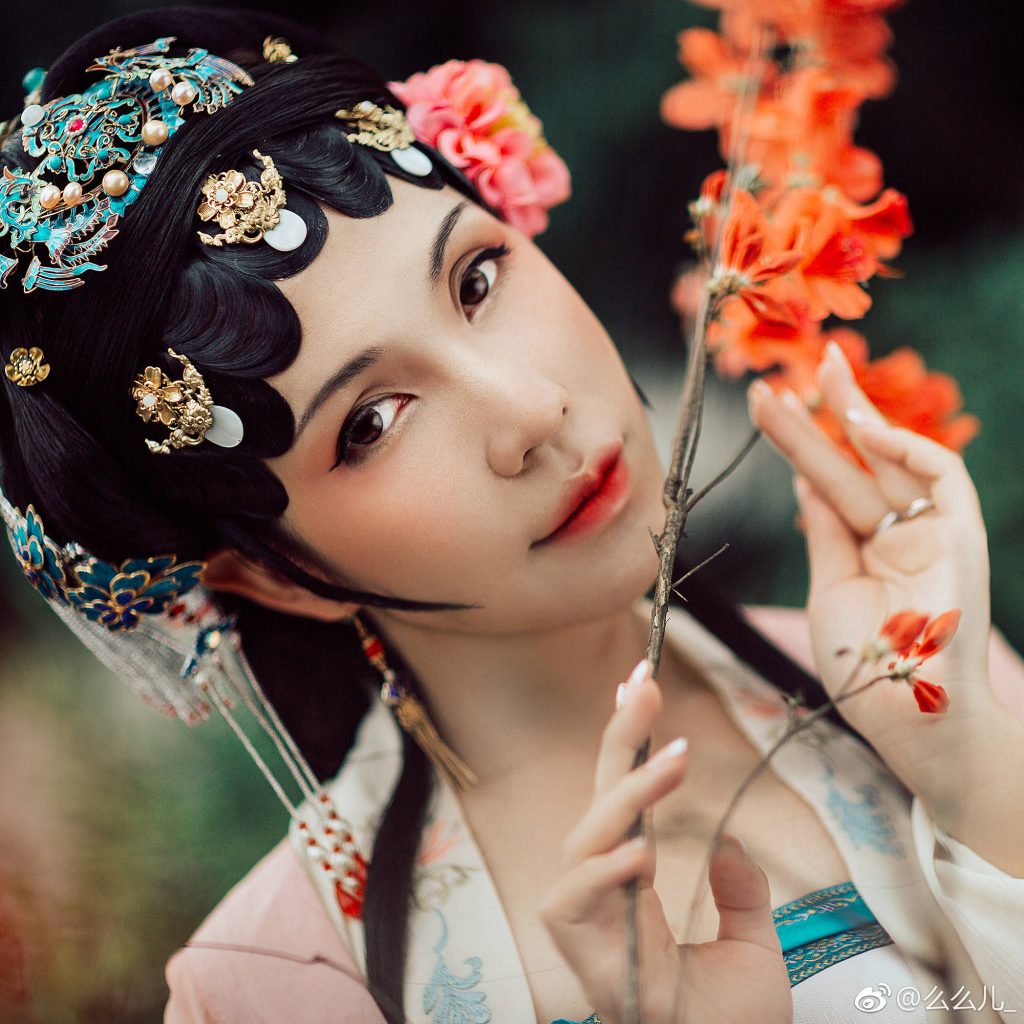
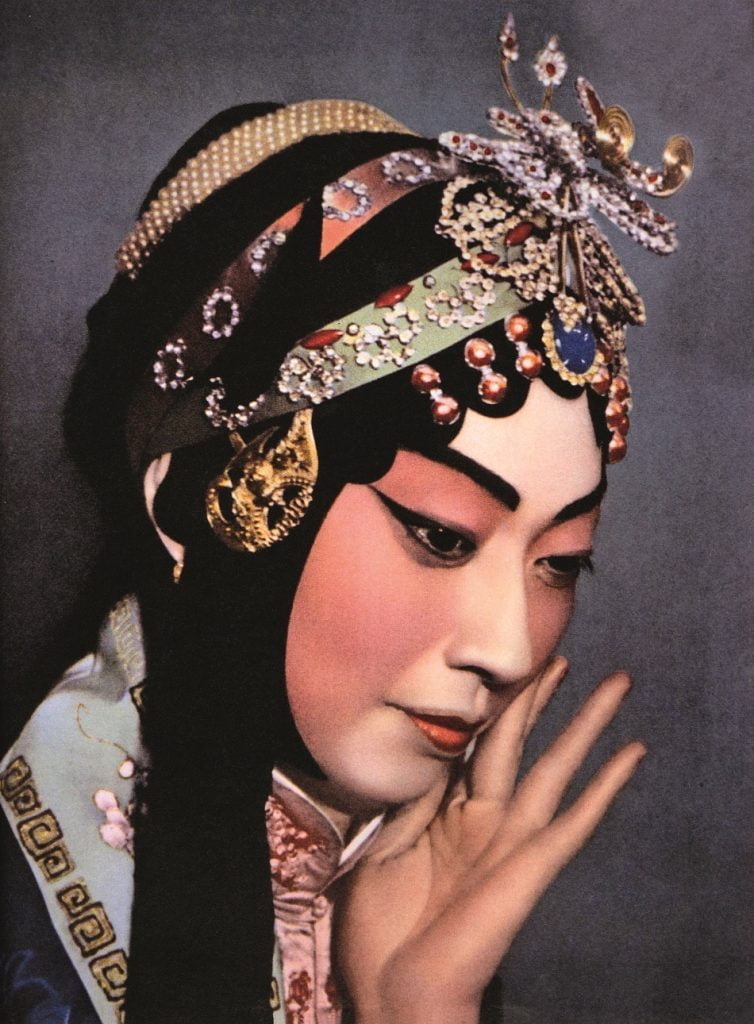
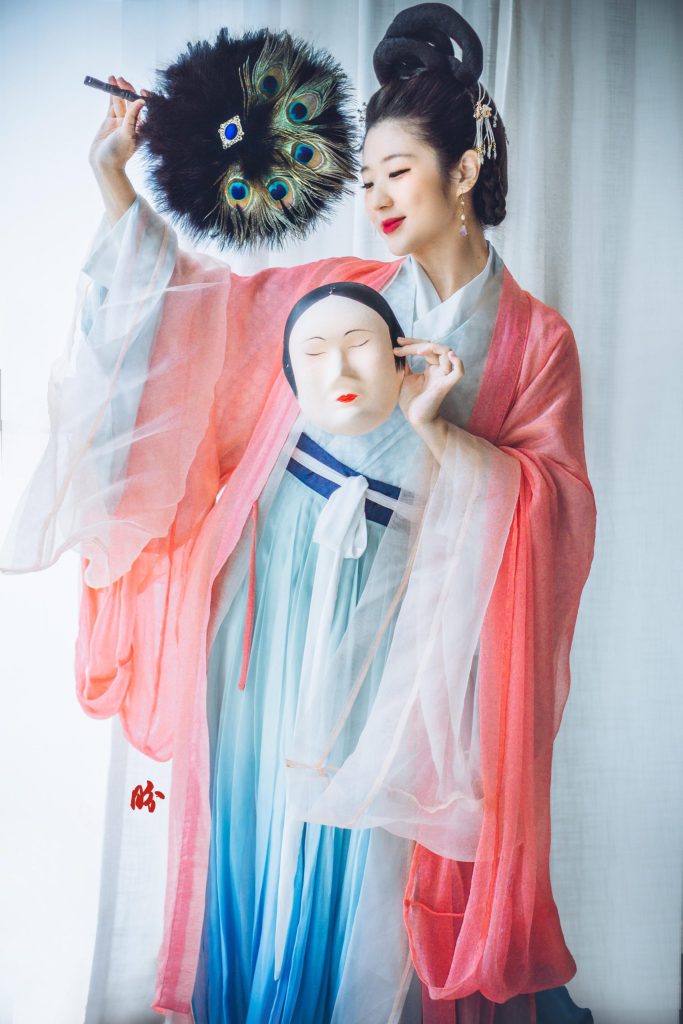
Here’s your cheat sheet on the types of moves. you could practice and use for your next Hanfu-style shoot. If you have done it, it is half the battle won in portraying Chinese femininity, through the male gaze. I realised that I have not many of such gestures in my photos because modern women can’t do these gestures well unless they have Chinese dance trainings, and also, I’m not a man, so I am not particularly enthralled by such displays. There are many other ways to be a female and express our femininity.
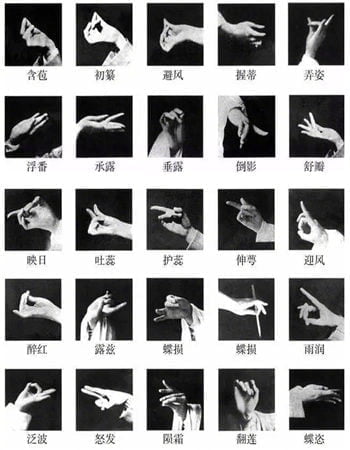
In real life, which woman does that?! If they do, they’d definitely be branded as overdramatic or pretentious. Yet, we expect that kind of femininity in female representation in artforms.
of course these hand gestures have a far longer history, dating to the Tang dynasty some 1,400 years before when Buddhism was extremely popular in China. And they were adaptation from the Indian mudras gestures which eventually became stylised representation of women and femininity.
The Let-Down-Your-Hair look
The rite of passage from girlhood to womanhood in traditional Chinese traditions (at least for some 2,000 years) was to wear your hair up neatly. Unkempt hair that is let down at the sides or back was frowned upon. So if period dramas were faithful to its periods, you would not see women with their hair down. Not even fringes were permitted (until the late Qing dynasty period some 200 years ago).
So instead of how we would imagine the Wuxia heroines (archetype of femininity probably would be Jinyong’s Dragon Girl) in the period dramas today:

They should really look more like this (since they are technically set in the 12th century):


Sorry to break your heart like this. But they really aren’t that ‘fairy-like’ as you might like to imagine.
So where did this idea of having loose hair, especially the two strands down the sides, come from?
I’d think it came from the Chinese Opera:


And if you push further to ask how these two strands came about? The answer might lie in this painting from the mid to late 19th century:

It wasn’t all that long to begin with. And according to our peking opera teacher who’ll be conducting the upcoming master class at Yaji, she shared that they were actually a piece of black fabric that was used to tie and bind your hair like how the hairnet works today. And they just dangled down from the two sides!

And this also explains why a male character had the same two strands down the two sides—because they weren’t originally intended to be hairstrands:

And so we see how the hairstyle of what is deemed as the epitome of femininity evolved overtime on screen to something like this:

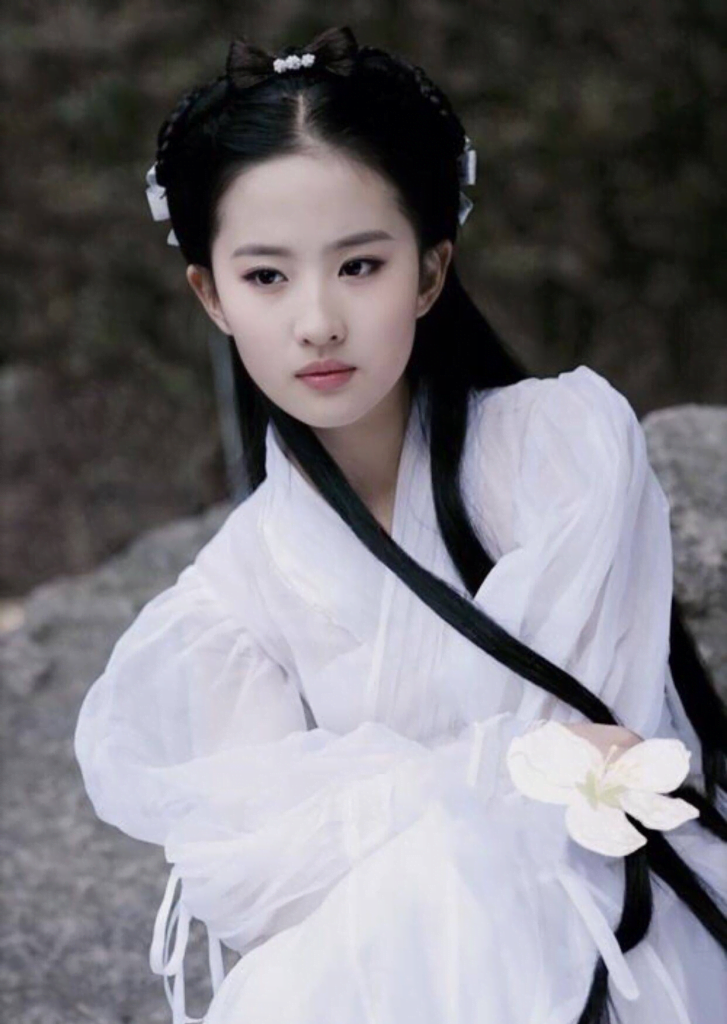
A vulnerable-looking object of desire despite all their apparent power
The gold-lotus ‘gait’ was deemed as sexually attractive by men of the last few centuries, as they found women who walk with a 3-inch lotus feet (small, bound feet) were particularly attractive. Maybe it’s kind of like sashaying down the walkway, except that it was probably much slower, and much less badass.
In order to represent that gait (note: it was not replicate, representations of Chinese femininity is often impractical and unrealistic on stage, as is typical of stylised artforms), performers evolved their stilts to a ballet-like 3-inch lotus shoes. And the femininity of the character on stage was represented by the tiny-looking feet, above others.
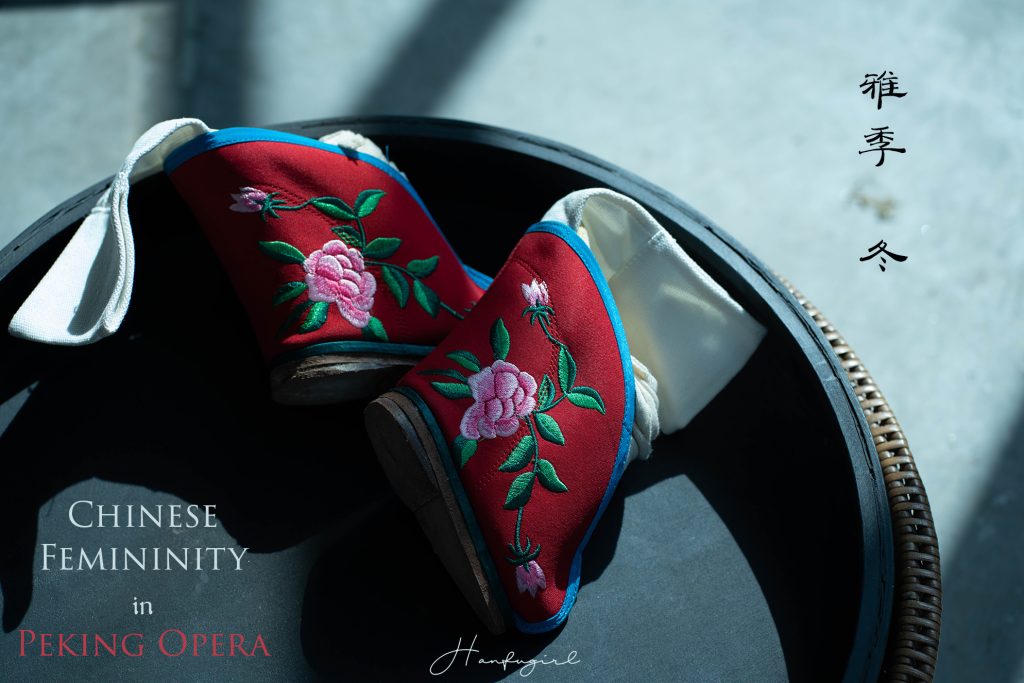
The performers were expected to do all kinds of acrobatic movements in those shoes, as it was said to be more impressive to have such a dainty, vulnerable looking ‘female’ representation on stage, executing physically demanding movements.
Performers had to train several years to get themselves accustomed to dancing, walking, running, performing acrobatic movements in these shoes throughout the entire performance. And their objective is to express that they were first and foremost vulnerable women (as represented by their shoes), before their actions and moves are considered impressive, whereas men could just look amazing and be impressive by executing the same moves with their natural unbound feet.
We see how many of the wuxia Chinese shows still portray women as ultimately vulnerable (think about the Dragon Girl and her rape scene), despite all their strength. And how that is still the ultimate male fantasy of femininity.
When women were finally liberated enough to represent themselves on stage, in the 30s, they had no role model but men, in their own portrayal. And it was, as commented by some, cringeworthy to find women trying to act out the femininity that were created by, for, and of men.
And IF you are interested to learn the tricks of the trade—how to be that archetype of Chinese femininity as we know it, you can check out the Yaji Masterclass: Chinese Femininity in Peking Opera which is a practical guide by well known Peking Opera performer and teacher Mdm Tian Ping.
It will be a 2hour hands on practical session where you will learn how to walk, talk, sit, stand, move, like someone from your past life as a woman. You can consider that a summarised finishing school on Chinese etiquette (think Mind your Manners, Sarah Jane Ho, but the real old school way).
Is Peking Opera Chinese Drag?
I have been thinking if Peking Opera was drag. On one hand, it would be too simplistic to equate men dressing up as women and putting up a performance as drag, on the other hand, the exaggerated representation of female identity on stage appears to be in line with drag as well.
When Western scholar Bertolt Brecht wrote his theory on Peking Opera and how the performer’s appearance and movements were intentionally exaggerated/unrealistic. and that the performer was not in touch with his real self during the performance, it was actually a very orientalist take of the Peking Opera. What appeared foreign and estranged to an outsider, was actually something very genuine and realistic to the performer of the Chinese opera itself, and to its audiences.
It is probably similar to how some of the people view drag—as irrelevantly exaggerated idea of femininity that is designed to mock or alienate viewers from actual femininity. Yet, when I got to know the drag queens, and their stories, I think that it is a very dismissive view of drag as many of them actually really manifest their feminine self into their character with no desire to mock or ridicule femininity or put on a ‘woman face’. But I can understand why in some other instances, it does seem very much of a ‘woman face’—I think everyone has their own criteria and judgement on this.
But fundamentally, both were indeed a genre of performance where female identity and representation was very much under the male gaze, through and through.
Realistically, we can probably never escape the male gaze in our arts and representation. But if the intention is genuine, and it is respectfully done, I have no issue.

Leave a Reply